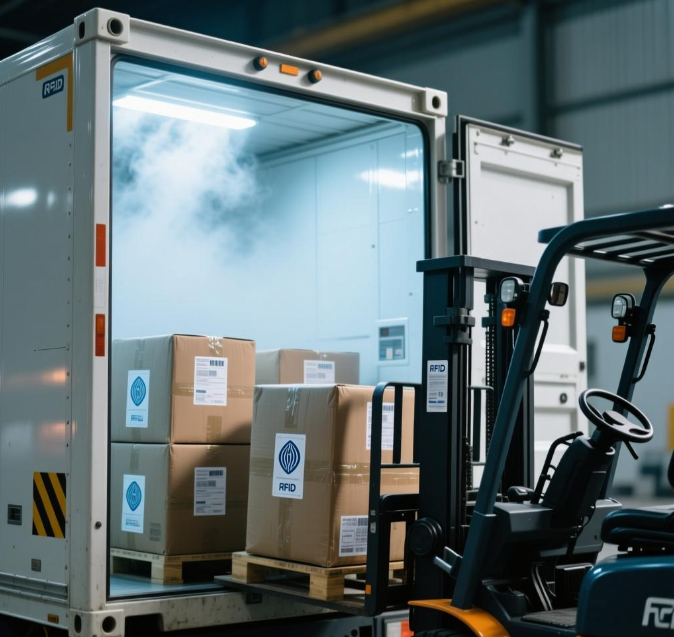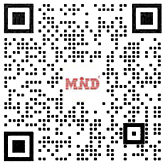As global demand for temperature-sensitive goods surges, the cold chain logistics industry faces mounting pressure to ensure product safety while reducing operational costs. In this critical transformation, Radio-Frequency Identification (RFID) technology has emerged as a game-changing solution, with Chengdu Mind IOT Technology Co., Ltd. leading the charge in developing next-generation tracking systems that combine reliability with intelligence.
The Cold Chain Conundrum
Maintaining uninterrupted temperature control during transportation has long been the Achilles’ heel of perishable goods logistics. Traditional monitoring methods rely on periodic manual checks or standalone data loggers, leaving dangerous gaps in real-time visibility. A shipment of vaccines might experience temperature fluctuations during airport transfers, or seafood containers could sit on overheated docks—risks that often go undetected until it’s too late.
This is where RFID steps in. Modern UHF RFID tags now incorporate temperature sensors and compact batteries, continuously recording environmental conditions throughout a product’s journey. What sets these systems apart is their dual functionality: while serving as digital identifiers, they simultaneously transmit real-time alerts when preset temperature thresholds are breached.
Smart Tracking in Action
At a bustling Shanghai seafood market, wholesalers have adopted RFID-enabled crates that tell a story beyond origin and expiration dates. Each crate’s tag stores a complete temperature history, allowing buyers to verify whether the -18°C standard was maintained during transit—a feature that has reduced disputed transactions by 40% among early adopters.
The pharmaceutical sector presents an even more compelling case. Clinical trial materials requiring strict 2-8°C environments now travel with RFID-equipped packaging that triggers automatic refrigeration unit adjustments when deviations occur. “It’s like having a digital guardian for every vial,” remarked a logistics manager at a biomedical facility testing the technology.
Behind the Scenes: How It Works
Chengdu Mind IOT Technology Co., Ltd.’s proprietary system architecture demonstrates RFID’s full potential:
Multi-Layered Encryption: Each tag’s memory bank is partitioned to store regulatory compliance data (accessible to all supply chain partners) and sensitive information like batch numbers (restricted to authorized parties).
Self-Powered Innovation: Tags harvest energy from reader signals for passive operation, while critical shipments use hybrid tags with decade-long battery lives.
Seamless Integration: Cloud platforms aggregate data from RFID readers installed at warehouses, vehicles, and retail freezers, creating an unbroken digital thread.
Overcoming Implementation Hurdles
Despite its advantages, widespread RFID adoption faces challenges. Metal-rich environments like industrial freezers can interfere with signals, prompting Chengdu Mind IOT Technology Co., Ltd. to develop specialized tags using metamaterial antennas. Another hurdle is cost—though prices have dropped 70% since 2020, tagging every individual yogurt cup remains impractical. Most operators now adopt a hybrid approach, tagging pallets while using cheaper barcodes for individual items.
The Road Ahead
Industry observers predict RFID will converge with blockchain for tamper-proof audit trails and with AI for predictive route optimization. Trials are underway for “smart corridors”—RFID-enabled highway sections that automatically update shipment locations and conditions without manual scans.
“Cold chain isn’t just about keeping things cold; it’s about keeping data hot,” noted a Chengdu Mind IOT Technology Co., Ltd. spokesperson. “Our vision is a world where every temperature-sensitive product can narrate its own journey—from manufacturer to consumer—with uncompromised transparency.”
Post time: Sep-19-2025







